Table of content
Steamed buns, known as baozi in Chinese cuisine, are beloved worldwide for their soft, fluffy texture and versatile fillings. Whether stuffed with savory pork, sweet red bean paste, or vegetables, these delightful pockets of dough make for a convenient meal or snack. However, a common dilemma arises when faced with leftovers or a desire to prepare batches in advance: Can steamed buns be frozen without compromising their taste and quality? This comprehensive guide explores the science, techniques, and tips for freezing steamed buns successfully, ensuring you can enjoy them anytime without sacrificing their delightful characteristics.
The Science Behind Freezing Steamed Buns
Freezing food is a preservation method that halts microbial growth and enzymatic reactions by lowering temperatures below freezing point (0°C/32°F). For steamed buns, which rely on their delicate dough structure and moisture content, freezing requires careful execution to prevent ice crystal formation, which can damage cell walls and lead to sogginess or dryness upon thawing.
The dough’s gluten network and steam-generated fluffiness are particularly vulnerable to freezing. When water within the dough freezes, it expands, creating ice crystals that puncture the gluten strands. This process, if not managed, can result in a dense, chewy texture post-thawing. However, with proper techniques, these effects can be minimized, allowing steamed buns to retain their original appeal.
Step-by-Step Guide to Freezing Steamed Buns
Cooling the Buns Properly
Never freeze hot or warm steamed buns. Excess heat trapped during freezing accelerates ice crystal formation and increases the risk of freezer burn. After steaming, allow the buns to cool completely on a wire rack. This step ensures moisture evaporates evenly, preventing condensation inside packaging.
Pro Tip: Place cooled buns in a single layer on a baking sheet lined with parchment paper. Freeze them uncovered for 1-2 hours until partially frozen. This “pre-freezing” step prevents the buns from sticking together during long-term storage.
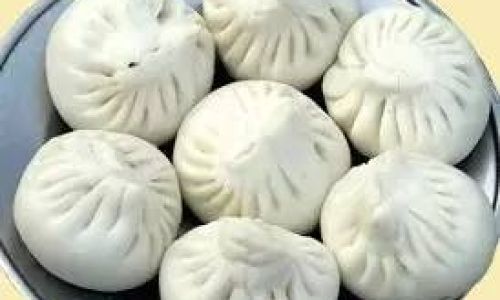
Wrapping for Optimal Protection
Air is the enemy of frozen food. Exposure to air leads to freezer burn, which causes dry patches and off-flavors. To combat this:
- Double-Wrap Method: Wrap each bun individually in plastic wrap, ensuring no exposed areas. For added protection, layer with aluminum foil or place in a resealable freezer bag.
- Vacuum Sealing: If you own a vacuum sealer, this method removes air entirely, extending shelf life and preserving texture.
Avoid Flavor Transfer: If freezing multiple flavors (e.g., pork and sweet bean), wrap and bag them separately to prevent cross-contamination.
Labeling and Organization
Use a permanent marker to label bags with the contents and freezing date. Steamed buns retain best quality for 2-3 months, though they remain safe to eat indefinitely if kept below 0°F (-18°C). Organize your freezer by placing newer batches behind older ones to enforce a “first-in, first-out” system.
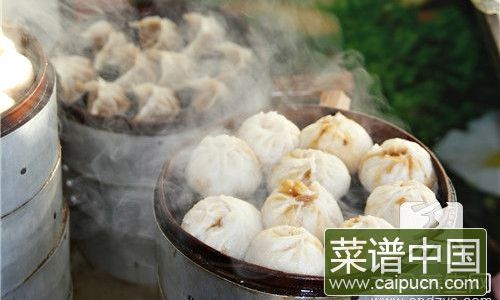
Thawing and Reheating Techniques
The way you thaw and reheat frozen steamed buns determines their final texture. Avoid microwaving frozen buns directly, as this often results in a gummy exterior and uneven heating.
Refrigerator Thawing (Recommended)
Transfer frozen buns to the refrigerator 8-12 hours before serving. This slow thawing minimizes moisture loss and maintains texture. Once thawed, steam for 5-7 minutes to restore fluffiness.
Quick Steam Method
For immediate consumption, place frozen buns in a steamer basket over boiling water. Steam for 10-12 minutes (add 2-3 minutes if reheating multiple layers). Cover the steamer with a lid to trap steam, and avoid lifting it during cooking to prevent temperature drops.
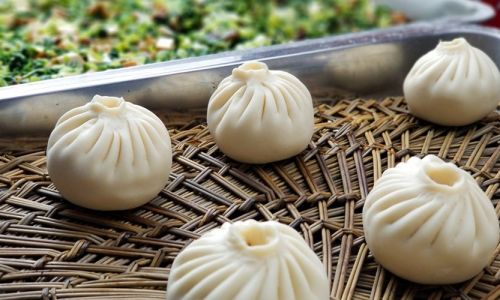
Oven Reheating
Preheat the oven to 350°F (175°C). Wrap buns in foil and bake for 10-15 minutes. This method works well for toasted or crispy-bottomed buns but may dry out the dough slightly.
Common Mistakes to Avoid
- Freezing Uncooked Dough: Raw steamed bun dough does not freeze well. The yeast becomes inactive, and the buns may not rise properly after thawing. Always steam buns before freezing.
- Overcrowding the Freezer: Proper airflow prevents uneven freezing. Leave space between bags until the buns are fully frozen.
- Skipping the Pre-Freeze Step: Without partial freezing, buns may clump together, making it difficult to retrieve individual portions.
- Reheating in the Microwave Without Moisture: Place a damp paper towel over buns before microwaving to add steam, but limit sessions to 30 seconds to avoid toughness.
Creative Ways to Use Frozen Steamed Buns
Frozen steamed buns are not just for reheating—they can be transformed into innovative dishes:
- Bun Pizza: Slice thawed buns horizontally, top with marinara, cheese, and toppings, then bake until golden.
- Stuffed Bun Sliders: Split buns, fill with pulled pork or grilled vegetables, and toast in a panini press.
- Croutons for Soup: Cut buns into cubes, bake until crispy, and float atop hearty soups like ramen or miso.
- Bread Pudding: Tear buns into pieces, soak in custard, and bake for a comforting dessert.
Homemade vs. Store-Bought: Does It Matter?
Homemade steamed buns often freeze better than store-bought varieties due to fewer preservatives and fresher ingredients. However, commercially produced buns can still be frozen successfully by following the same guidelines. Check packaging for any “do not freeze” warnings, though such labels are rare.
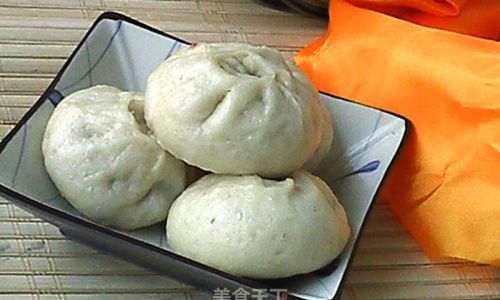
Shelf Life and Quality Retention
While frozen steamed buns are safe indefinitely, their quality declines over time. Monitor for these signs of spoilage:
- Freezer Burn: White, dried patches on the surface. While edible, the texture may be compromised.
- Off Odors: A sour or stale smell indicates bacterial growth or rancidity.
- Shrinkage: Buns that appear smaller or denser than usual may have lost moisture.
Conclusion: Enjoy Steamed Buns Anytime
Freezing steamed buns is a game-changer for busy households, meal preppers, and bao enthusiasts alike. By mastering the cooling, wrapping, and reheating techniques outlined here, you can preserve the essence of these beloved treats for months. Whether enjoyed as a quick breakfast, a lunchtime snack, or a creative culinary experiment, frozen steamed buns offer convenience without compromise. So the next time you find yourself with leftovers or a craving for bao, embrace the freezer—your gateway to endless steamed bun possibilities.
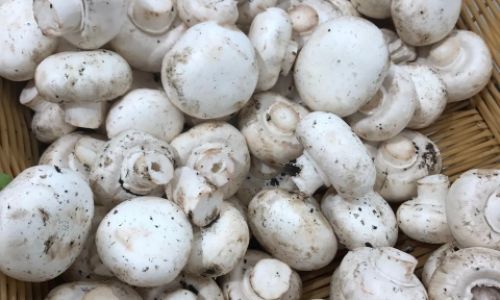



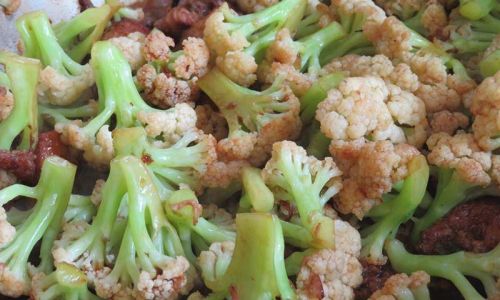
0 comments